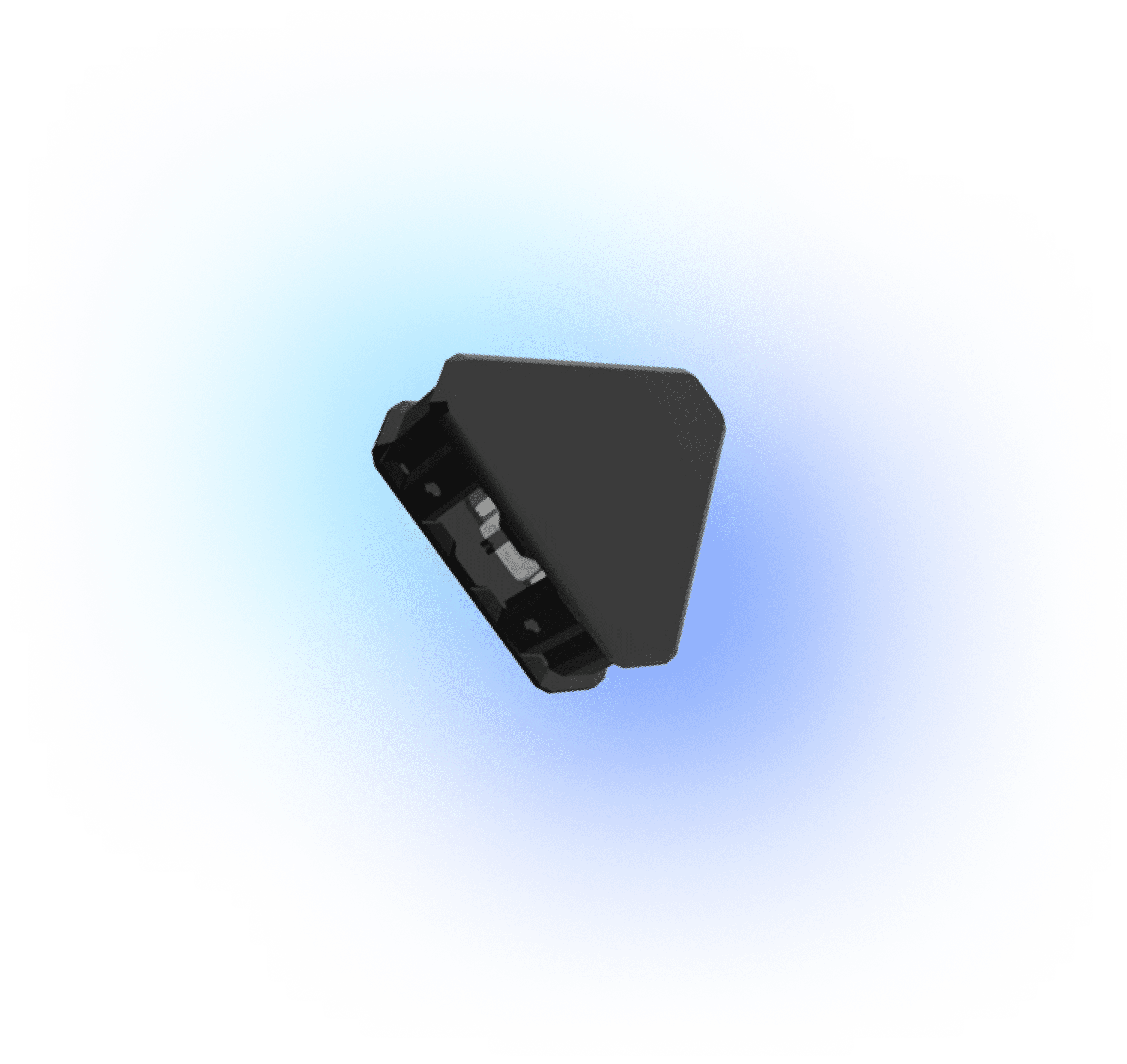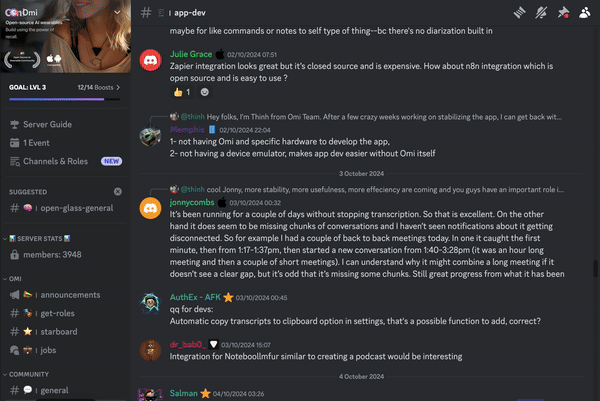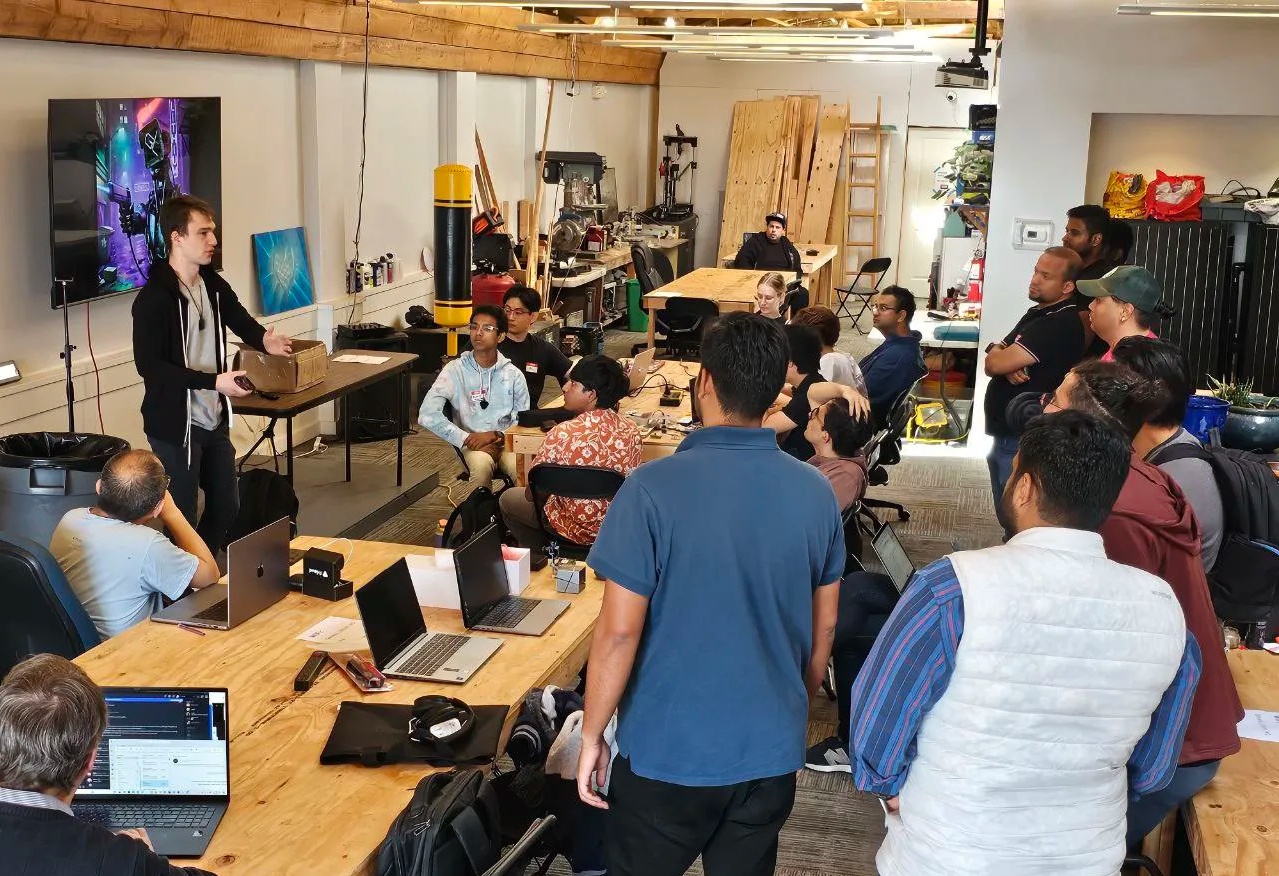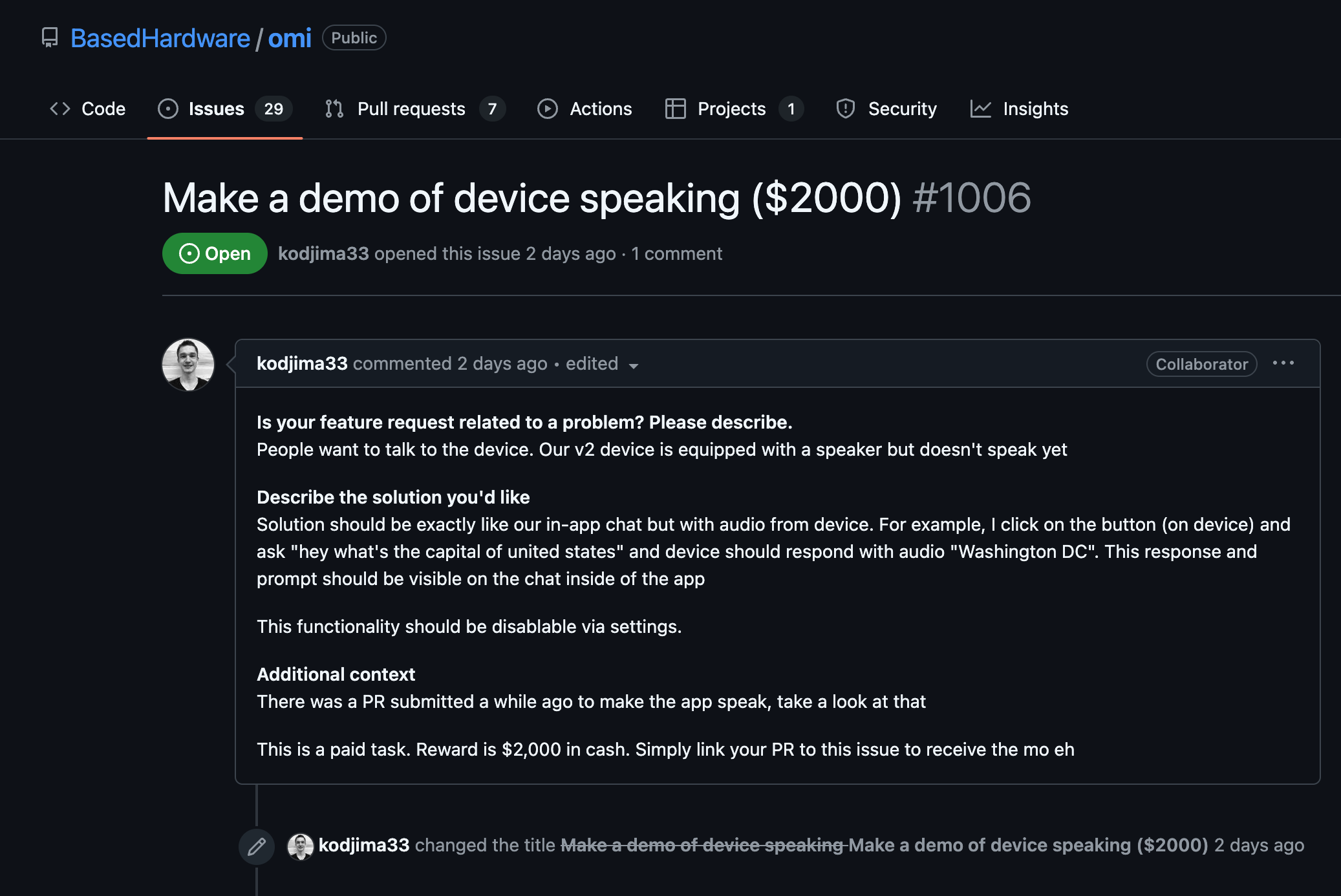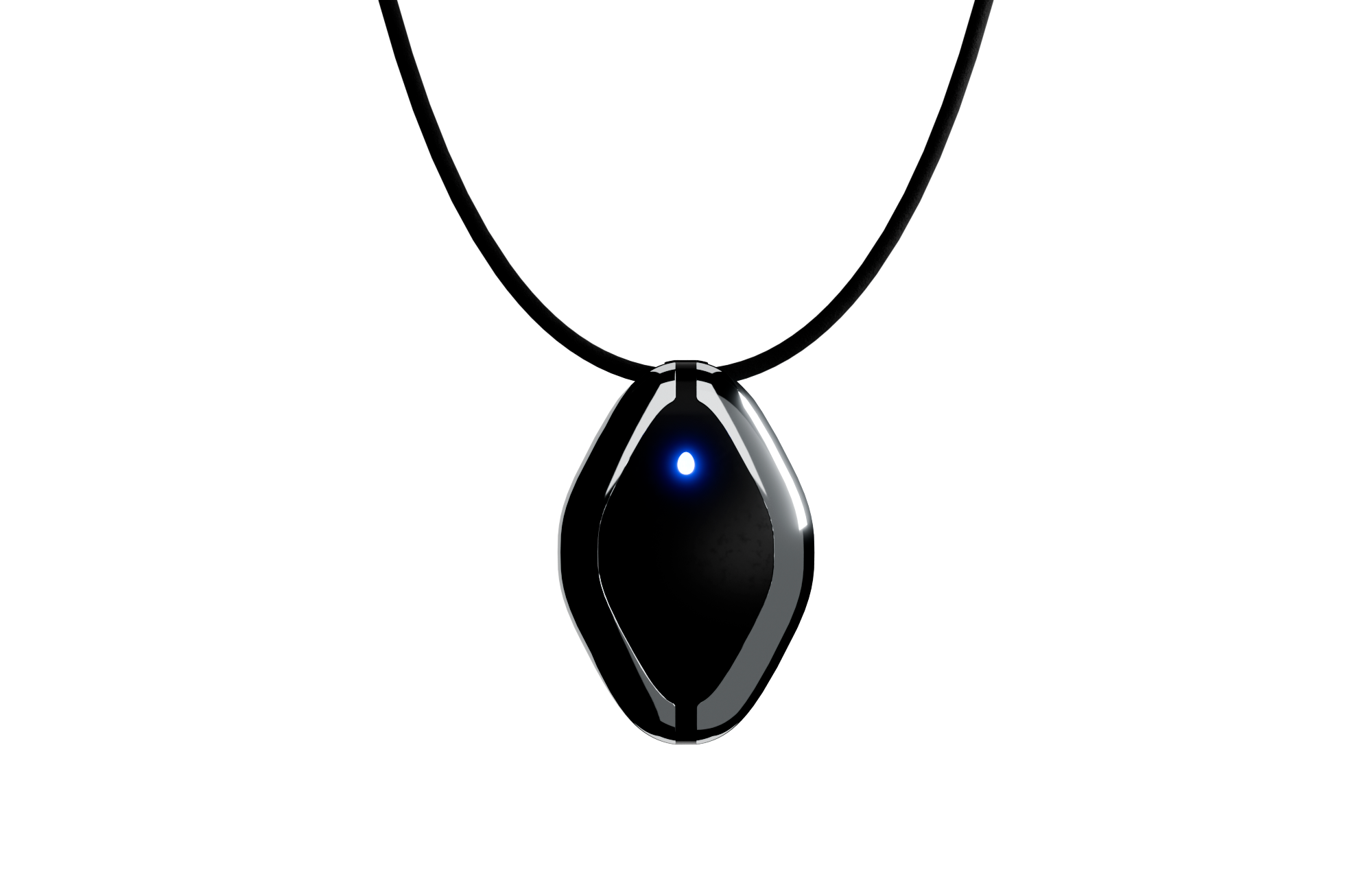Overview of GNU Binutils
- GNU Binutils is a collection of binary tools commonly used in the development and analysis of compiled software. These tools include the assembler, linker, and various utilities for handling object files.
Supported Architectures
- GNU Binutils supports a vast array of processor architectures, which makes it highly versatile for firmware engineering across different devices. Here are some primary architectures:
- x86 and x86\_64: Widely used in traditional desktop and server environments.
- ARM and AArch64: Commonly found in mobile, embedded, and IoT devices.
- MIPS: Used in routers, gaming consoles, and various embedded systems.
- PowerPC: Employed in automotive, networking, and telecommunication devices.
- RISC-V: A growing architecture in research, education, and emerging commercial products.
- SPARC: Often used in high-reliability computing environments like space missions or financial systems.
Operating System Compatibility
- GNU Binutils is designed to run on many operating systems, indicating its broad adoption and utility in various environments:
- Linux: A primary platform for Binutils, with support for most distributions.
- Windows: Available through ports like Cygwin or MinGW.
- macOS: Supported through package managers like Homebrew or MacPorts.
- BSD Variants: Compatible with FreeBSD, OpenBSD, and NetBSD systems.
- Solaris: Supports building of various Unix-based applications.
Embedded System Usage
- In the realm of embedded systems, GNU Binutils plays a critical role due to its flexibility and support for a wide range of microcontrollers and embedded processors:
- Microcontrollers: Supports targets like AVR, Microchip PIC, and various ARM Cortex-M devices.
- Real-Time Operating Systems (RTOS): Used alongside popular RTOSes like FreeRTOS, Zephyr, and RTEMS.
Integration with Other Development Tools
- GNU Binutils integrates seamlessly with other essential tools in the development toolchain, providing a robust environment for firmware engineers:
- GCC (GNU Compiler Collection): Works closely to compile and link code efficiently across multiple architectures.
- GDB (GNU Debugger): Debugging of firmware and applications is facilitated by the intermediate object formats supported by Binutils.
- Automake and Autoconf: Enables automated building and configuration, allowing for robust cross-compilation environments.
